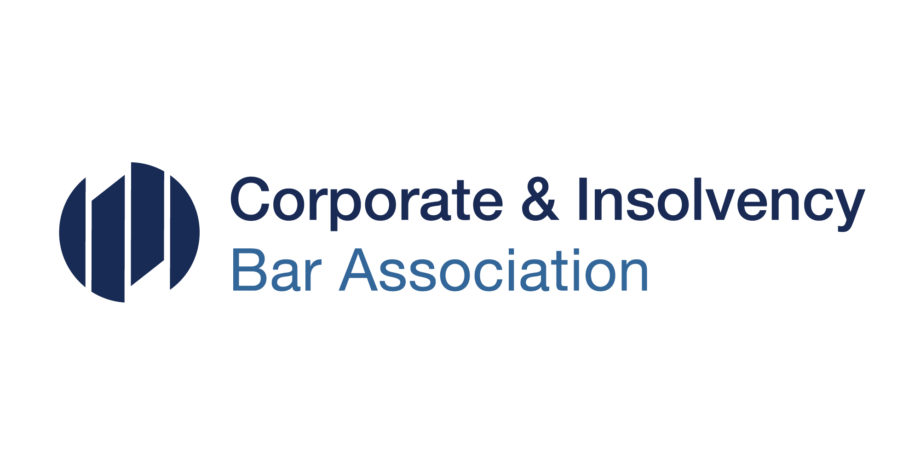
The recent examinership proceedings before the Irish High Court involving the well-known global pharmaceutical company, Mallinckrodt plc, serve as an excellent example of the potency of the corporate insolvency regime in this jurisdiction.
The High Court approved a scheme of arrangement for the company which had incurred $5.3 billion in long-term debt arising from various litigation relating to its marketing of opioid products. The scheme of arrangement facilitated a wider global restructuring of the group by way of a plan which had been approved pursuant to Chapter 11 of the United States Bankruptcy Code.
The case constituted the second-largest examinership heard by the Irish courts to date and is noteworthy for the scale of complexity involved in a multi-jurisdictional restructuring.
The Chapter 11 Plan
On 12 October 2020, the company voluntarily initiated Chapter 11 proceedings in the US Bankruptcy Court for the District of Delaware. In an opinion delivered on 3 February 2022, Judge John Dorsey confirmed that the Fourth Amended Plan of Reorganisation (the “Plan”) had satisfied the requirements under the US Bankruptcy Code.[1]
It was a specific condition of the confirmation of the Plan that the Irish High Court would make an order under s. 541 of the 2014 Act confirming the draft scheme of arrangement “without material modification”. As the Company was registered in Ireland, it was necessary to invoke Part 10 of the 2014 Act in order to give effect to a proposed debt for equity swap in favour of guaranteed unsecured notes claims.
The Petition Hearing
On 14 February 2022, the directors of the Company presented a petition to the High Court seeking the appointment of an examiner. On the same date, the Court appointed Mr Michael McAteer of Grant Thornton as interim examiner (the “Examiner”) of the Company. The petition was heard in full on 28 February 2022. A detailed judgment summarising the reasons for the decision to appoint the Examiner was delivered by Quinn J on 22 March 2022.[2]
The Court considered the issue of parallel insolvency proceedings. Quinn J referred to the previous decision of the Supreme Court in Re Sean Dunne (A Bankrupt)[3] where the debtor had been adjudicated a bankrupt in the United States and a creditor had later petitioned for his bankruptcy in Ireland.[4]
Quinn J was satisfied that there was no reason in principle why the approach which had been adhered to in the Dunne decision could not be followed in an analogous scenario involving a company.
Quinn J also observed that there was precedent in Irish law for the High Court appointing an examiner and confirming a scheme of arrangement in parallel with Chapter 11 proceedings and cited the relatively recent decision of the High Court in 2019 in Re Weatherford International plc[5] in this respect.
The Court held that it was informed by the consideration that certain of the key features of the proposed restructuring could not be implemented through the Chapter 11 Plan, notably the provisions concerning the cancellation of shares, the issue of new shares and warrants and amendments to the constitution of the Company.[6]
The Court was satisfied that the “uncontradicted evidence” was that a successful implementation of a scheme of arrangement, in combination with implementation of the Chapter 11 plan would be likely to produce a better outcome for creditors of the Company and the Group than the alternative prospect of a winding up of the Company.[7]
Confirmation Hearing
Following the convening of various meetings of members and creditors as required under the Act, the Examiner delivered his Report and sought an order pursuant to s. 541(3) of the 2014 Act for confirmation of proposals for a scheme of arrangement.[8]
Acthar Claimants Objection
Of the parties who participated at the confirmation hearing, only one objected to or opposed the confirmation of the proposals (Avon Holdings LLC and Attestor Limited which were related companies and referred to by the Court as the “Acthar Claimants”).
In considering the objection raised, the Court observed that Judge Dorsey had engaged with the classification of creditors. The Court placed weight on the analysis that had been conducted in approving the Plan and noted that a number of the tests applied by reference to the US Bankruptcy Code were familiar to the High Court, namely whether the scheme had been put forward in good faith; whether it satisfied the ‘best interests of creditors’ test; the question of feasibility, and unfair discrimination.
Examiner’s Report
The Court noted that the evidence put forward by the Examiner in relation to the effects of the Scheme was uncontradicted.[9] The Examiner took the view that the interests of the Company, creditors, employees and other interested stakeholders were best served by the formulation of a scheme that implemented the Chapter 11 Plan in Ireland. The Court had regard to the Examiner’s view on ensuring the continuity of employment in the Group, the outcome of the meetings of members and creditors, the comparison with a liquidation outcome for both the Company and the Group, and the evidence as to future revenue. The Court was satisfied that the basis on which the Examiner had formulated the proposals were fair and equitable to the interested parties.[10]
Conditionality
The Court noted that the confirmation of the scheme remained dependent upon 23 separate conditions. Quinn J referred to the judgment in Re Arctic Aviation Assets[11] and noted the traditional approach, which is to lean against confirmation of a plan which remains conditional.[12]
In observing that the Court should as a general rule be slow to confirm proposals where there is extensive conditionality, Quinn J concluded that it was clear that the proposals had met the test for and that confirmation would facilitate the restructuring and the survival of the Company.[13]
Key Take Aways:
The Mallinckrodt examinership is an excellent example of the efficient and swift nature of the examinership framework in Ireland under the 2014 Act. The case, in a similar vein to the Weatherford proceedings, demonstrates that the Irish courts are well disposed to engage with cross-border insolvency work of a large scale and which involves the application of the US Chapter 11 bankruptcy process.
Both of these decisions will have now immensely enhanced the reputation of Ireland as a jurisdiction of merit in the field of cross-border restructuring.
Discover our Specialist Bars

Established in February 2022, the CIBA is focused on promoting the expertise of members in the area of corporate and insolvency law. The Association is keen to provide a forum for practitioners, run regular CPD and events, and to engage with bodies working in this area. .
See www.corporateandinsolvency.ie/
The views expressed above are the author’s own and do not reflect the views of The Bar of Ireland.
[1] In re Mallinckrodt PLC., Case No 20-12522-JTD (Bankr. D. Del. Feb. 3, 2022) (Docket No. 6347).
[2] Re Mallinckrodt plc [2022] IEHC 157.
[3] [2015] IESC 42.
[4] Ibid. at paragraph 74.
[5] Ex tempore, 12 December 2019 (Record No. 2019/348 COS).
[6] Re Mallinckrodt plc [2022] IEHC 157 at paragraph 53.
[7] [2022] IEHC 157 at paragraph 105.
[8] Re Mallinckrodt plc [2022] IEHC 270.
[9] Ibid. at paragraph 61.
[10] Ibid. at paragraph 74.
[11] [2021] IEHC 272.
[12] [2022] IEHC 270 at paragraph 110.
[13] Ibid. at paragraph 115.